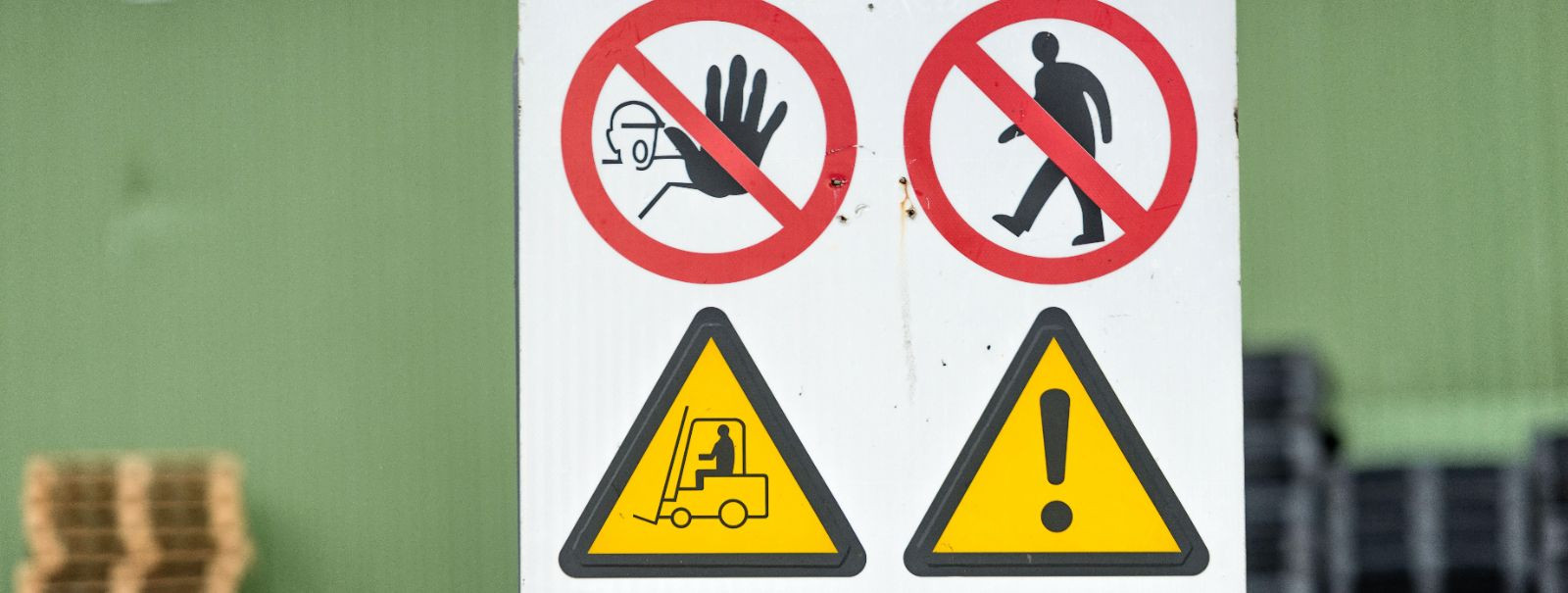Creating a culture of safety at work
A safety culture in the workplace is an organizational mindset that prioritizes safety as a core value. It's the shared beliefs, practices, and attitudes that exist within a company regarding the safety of workers. It goes beyond compliance with regulations; it's about creating an environment where safety is ingrained in every aspect of business operations.
Establishing a strong safety culture is crucial for any business, especially in high-risk industries. It can lead to reduced workplace accidents, lower costs related to injuries, and improved employee morale and productivity. Moreover, it ensures compliance with occupational health regulations, which is a legal requirement in Estonia.
Key Elements of a Strong Safety Culture
Leadership at all levels must demonstrate a commitment to safety. This includes setting a positive example, providing the necessary resources for safety initiatives, and making safety a key component of organizational decision-making.
Employees should be encouraged to take an active role in safety procedures. This can be achieved through involving them in safety committees, soliciting their feedback, and empowering them to stop work if they perceive a safety risk.
Providing ongoing education and training ensures that all employees are aware of the best safety practices and how to implement them. This includes training on new equipment, processes, and compliance with the latest safety regulations.
Clear and consistent communication is vital for reinforcing safety policies and procedures. This includes regular safety meetings, clear signage, and open lines of communication for safety concerns.
Regularly assessing potential risks and taking proactive measures to mitigate them is essential for maintaining a safe work environment. This involves conducting safety audits, workplace inspections, and hazard analyses.
Strategies for Building a Safety Culture
Clear goals and objectives provide direction for safety initiatives and help measure progress. These should be specific, measurable, achievable, relevant, and time-bound (SMART).
Developing comprehensive safety policies that are aligned with the company's goals is a critical step. These policies should be clearly communicated to all employees and consistently enforced.
Creating an environment where employees feel comfortable reporting safety incidents without fear of retribution is key. This allows the organization to learn from mistakes and prevent future occurrences.
Recognizing and rewarding employees for safe behavior reinforces the importance of safety and encourages continued adherence to safety practices.
Integrating safety considerations into every aspect of business operations ensures that safety is not an afterthought but a fundamental part of the business process.
Challenges in Cultivating a Safety Culture
Change can be difficult, and some employees may resist new safety measures. It's important to address concerns, provide adequate training, and demonstrate the benefits of the new safety culture.
Maintaining a consistent approach to safety across different departments and locations can be challenging. Regular training and communication can help ensure that all parts of the organization are aligned.
Finally, it's important to have mechanisms in place to measure the effectiveness of the safety culture. This can include safety audits, employee surveys, and review of incident data to identify areas for improvement.






Comments (0)